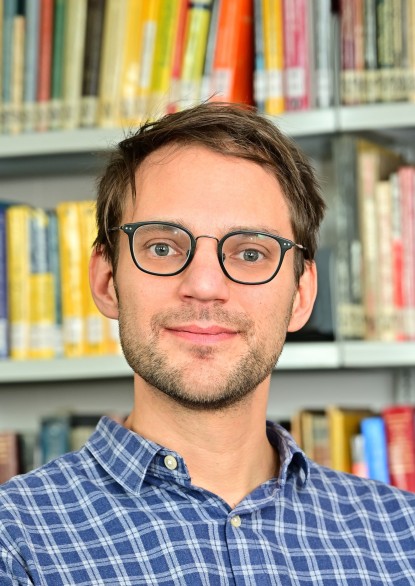Dr.-Ing. Niklas Georg
Kontakt
Numerical simulations are well established and play an important role in the design process of electromagnetic components. Thereby, the geometry of the devices and the material properties which are the input data of the numerical simulation, are generally assumed to be known exactly. However, this is not the case in practice, since the manufacturing process introduces (possibly small) variations which usually can only be described statistically. Additionally, there is often a lack of knowledge about the material data due to measurement errors. These uncertainties in the input data can then cause the real components to fail the design specifications. It also favors the choice of disproportionate safety factors. This is especially problematic because of the decreasing size of structures and increasing demands on the components, e.g. in nanotechnology.
Therefore, favored by the continuously increasing computing power, uncertainty quantification (UQ) is a topic of great interest. UQ aims for realistic predictions by describing input data as well as output data as random variables. The probability density function (PDF) of the inputs is then propagated to the outputs, i.e. the quantities of interest (QoIs). In many cases it can also be sufficient to compute a few statistical moments, e.g. mean and standard deviation of the QoI. This could be achieved by applying the well-known Monte Carlo (MC) simulation. However, MC simulation is too computationally expensive for many applications since it needs many (possibly millions) of simulation runs in order to obtain reliable results. In this research, spectral methods for efficient UQ of high-frequency and optical components are investigated. In particular, periodic metamaterials and plasmonic structures are considered which can be subject to relatively huge manufacturing imperfections.
Young Scientist Award und zweiter Platz beim Best Paper Award auf der URSI HKHB 2019 für den Beitrag 'Improved surrogate modeling for uncertainty quantification of an optical grating coupler'

Fehler beim Laden der Daten
Beim Laden der Publikationsdaten von TUbiblio ist ein Fehler aufgetreten. Bitte versuchen Sie es zu einem späteren Zeitpunkt erneut.
-
{{ year }}
-
; {{ creator.name.family }}, {{ creator.name.given }}{{ publication.title }}.
; {{ editor.name.family }}, {{ editor.name.given }} (Hrsg.); ; {{ creator }} (Urheber) ({{ publication.date.toString().substring(0,4) }}):
In: {{ publication.series }}, {{ publication.volume }}, In: {{ publication.book_title }}, In: {{ publication.publication }}, {{ publication.journal_volume}} ({{ publication.number }}), SS. {{ publication.pagerange }}, {{ publication.place_of_pub }}, {{ publication.publisher }}, {{ publication.institution }}, {{ publication.event_title }}, {{ publication.event_location }}, {{ publication.event_dates }}, ISSN {{ publication.issn }}, e-ISSN {{ publication.eissn }}, ISBN {{ publication.isbn }}, DOI: {{ publication.doi.toString().replace('http://','').replace('https://','').replace('dx.doi.org/','').replace('doi.org/','').replace('doi.org','').replace("DOI: ", "").replace("doi:", "") }}, Offizielle URL, {{ labels[publication.type]?labels[publication.type]:publication.type }}, {{ labels[publication.pub_sequence] }}, {{ labels[publication.doc_status] }} - […]
-
Anzahl der Einträge in dieser Liste: >{{ publicationsList.length }}
Es werden nur die {{publicationsList.length}} neuesten Publikationen ausgegeben.
Vollständige Liste bei TUbiblio ansehen Diese Liste bei TUbiblio ansehen


